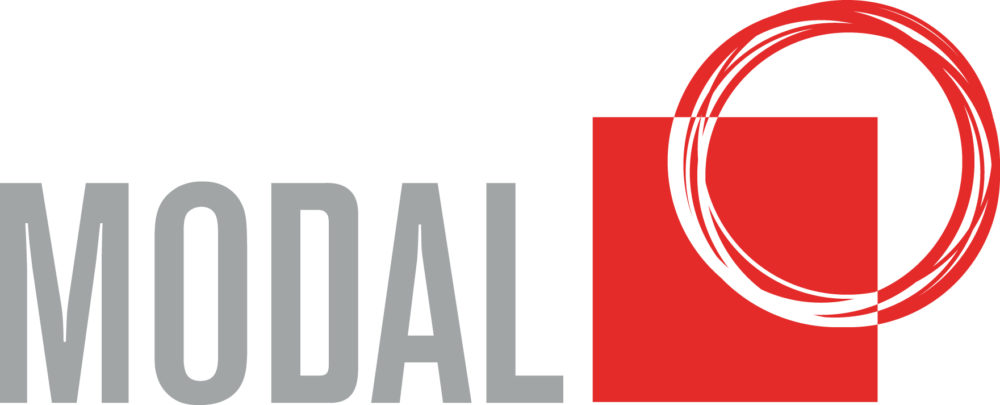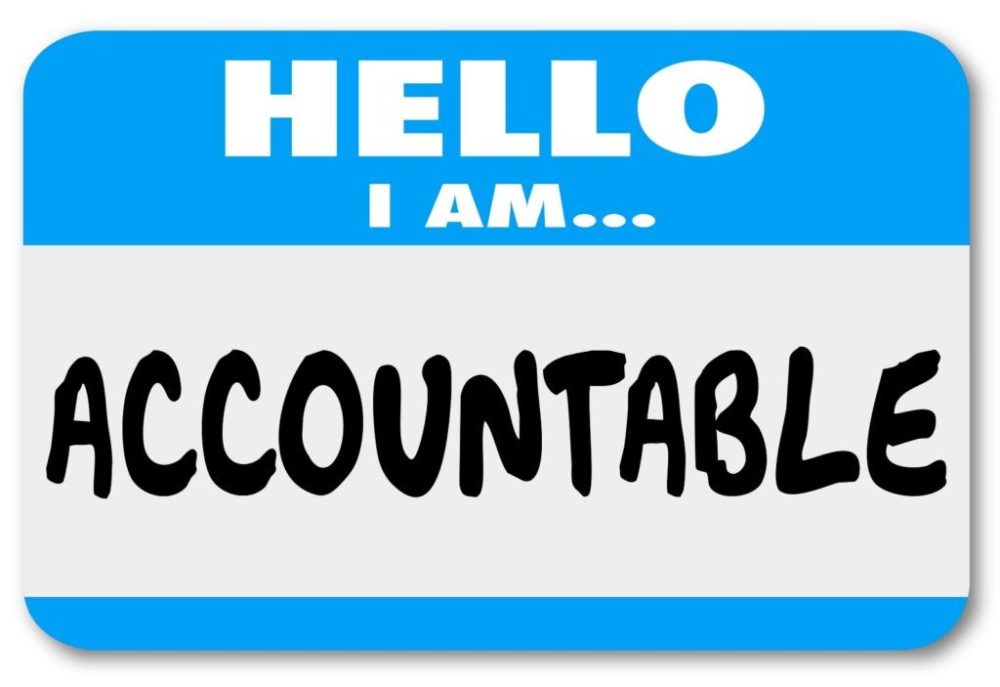Often I will hear leaders talk about the desire to have more accountability in their team. How do you get your people to do what they say they will do more consistently? How do you get them taking more ownership over outcomes and not just process? How do you get them to confront the difficult issues you want them to deal with?
Consistently high levels of accountability in teams whilst challenging to create, is not as rare as unicorns, despite what some managers may think! Try the below on for size as 4 pre-cursors to build higher accountability
- Employee organisation alignment
- Employee role alignment
- Employee team alignment
- Employee goal alignment
Lets look at each of them in turn.
Employee organisation alignment
Google interveiwed over 200 of its people and studied the attributes of 180+ active Google teams through its Project Aristotle research. One of the 5 critical success factors for effective teams was Impact of work: Do I fundamentally believe that the work we’re doing matters? This is about people aligned to the purpose and vision of the organisation. When you talk to your people, this is a great question to explore with them. If they are not clear on this, you just don’t have the basis for enabling accountability. They havent psychologically and emotionally bought into the organisations story.
Employee role alignment
A second effective team critical success factor, from Google’s research is the Meaning of work: Am I working on something that is personally important for me? Unless I can answer a solid yes to this question, I’m not aligned to my role. So if I stay in this role, and continue to not feel I’m working on something important to me, you won’t be able to hold me fully accountable. With role alignment I also need psychological buy in.
The challenge for many leaders is if your people lose sight of either of the the two success factors above, no amount of coaching or performance management will stick. Its important to check in on these two types of alignment first, so you are not wasting your efforts. Both of these criteria can change for people over time. If there is a gap you can help them make the connection. If the gap is too large, you are better off helping them discover what other role or type organisation would be a better fit. You may be surprised by how many people in your organisation are lacking alignment on role or organisation purpose. Even the greatest leader in the world would be unable to enable sustainable accountability if these foundations aren’t in place.
Employee team alignment
As human beings we can sub-consciously experience a sense of tribalism. That is, we gravitate to an immediate group of people we are both familiar with and identify with. Are you in my tribe/do you have my back/can I trust you? are questions that go on in the back of our minds, about those people we work with. Leaders must foster vulnerability based trust, to build psychological safety. Even the blokes at premiership winning Richmond football club, spent serious time building vulnerability based trust (using the Brene Brown inspired HHH exercise). We know from Patrick Lencioni’s research on teams that you must build this type of trust to get get openness and acceptance. This will then produce commitment to team goals and outcomes. Only then will real accountability develop in a team.
Employee goal alignment
Finally people need to be really, really, really clear on what their critical goals and priorities are. Both individual and shared. This is to be able to not only focus on what needs to be delivered, but to help people know what to say no to. In this current environment where people are being exposed to long lists of potential priorities, they need to be able to say no to something. If you are not hearing your people push back on some goals or tasks, chances are they are in a state that Daniel Goleman (of emotional intelligence fame) calls the Frazzle zone. People stuck in the Frazzle zone are too snowed under, to be able to take good accountability for what’s on their plate. Sometimes helping them remove some priorities actually creates more accountable behaviour. The other key with goal alignment is that people have greater psychological commitment to goals that they set themselves (or at least set in conjunction with their immediate leader). This will also enable improved accountability.
Which one or more of the 4 stages of alignment do people in your team, need some help with?





